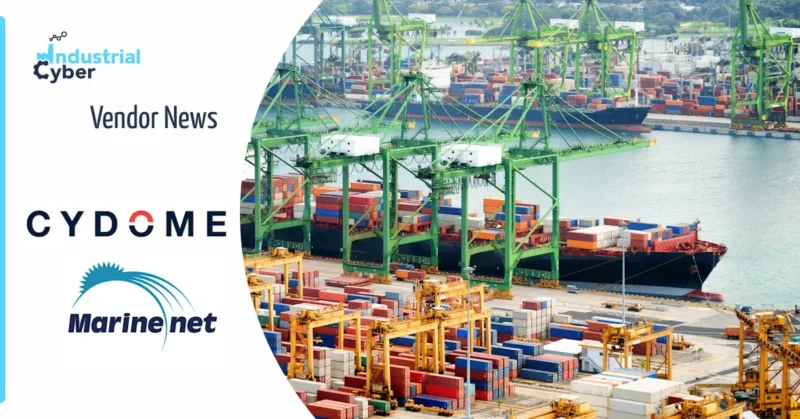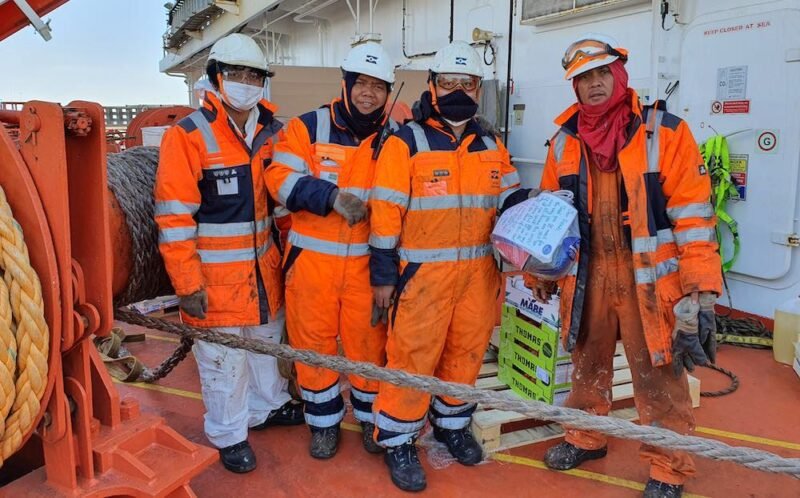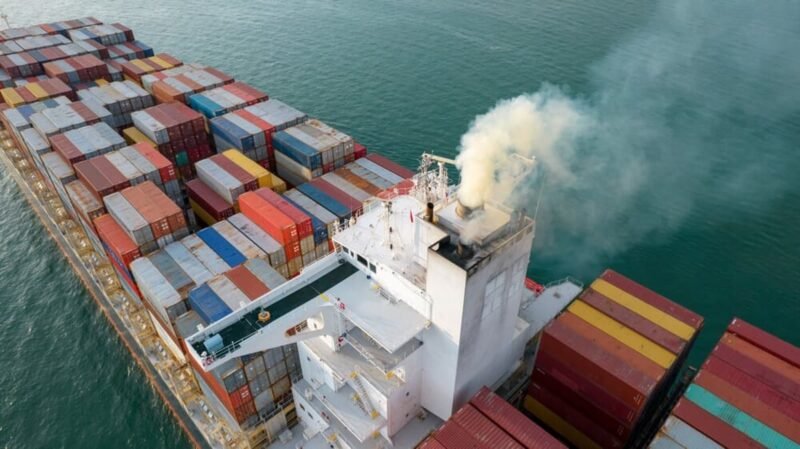The maritime industry, which has relied on a single fuel source for over a century, is facing challenges in adapting to alternative fuels to meet emission standards. Shipbuilding yards, including major global ones, typically incorporate large two-stroke combustion engines in their designs. Removing this propulsion system to comply with emission standards could have devastating effects on shipyard profitability. Despite the urgency to meet emission standards, it is unlikely that the current timeline will be met, and ships will continue to be ordered with traditional propulsion systems for the foreseeable future.
The transition away from fossil fuels in the maritime industry has been termed a “Dual Fuel Strategy” by Doctor William Ahlgren. This strategy involves combining fossil fuel energy sources with electric power and exploring options like a hydrogen economy, a complete electric economy, and a dual fuel strategy with liquid renewables. While there have been reports of “dual fuel” deliveries using alternative fuels alongside fossil fuels, challenges remain due to the lower energy density of alternative fuels compared to marine diesel oil. This disparity in energy density poses construction challenges for ships, requiring larger fuel tanks and impacting cargo capacity and profitability.
As the industry grapples with emission regulations, the transition to alternative fuels like ammonia, methanol, LNG, biofuels, and hydrogen presents safety hazards and logistical challenges. The shift towards electrical propulsion in smaller vessels like workboats, tugs, and ferries is more advanced compared to larger ships. Manufacturers are developing engines capable of running on alternative fuels, such as methanol-ready engines. However, the infrastructure for supplying alternative fuels, such as ammonia and methanol, is still lacking, especially in the US market. The development of bunkering infrastructure and specialized tank coatings is essential to support the transition to alternative fuels.
To maintain emissions reductions and meet climate goals, operators may opt for biofuels as a quick solution. However, achieving “zero” emissions may ultimately require nuclear propulsion. The discussion around nuclear propulsion and its implications for ship construction has already begun. As the industry navigates the complexities of transitioning to alternative fuels and reducing emissions, collaboration between stakeholders, investment in infrastructure, and technological advancements will be key to achieving sustainable maritime operations.
Share it now














